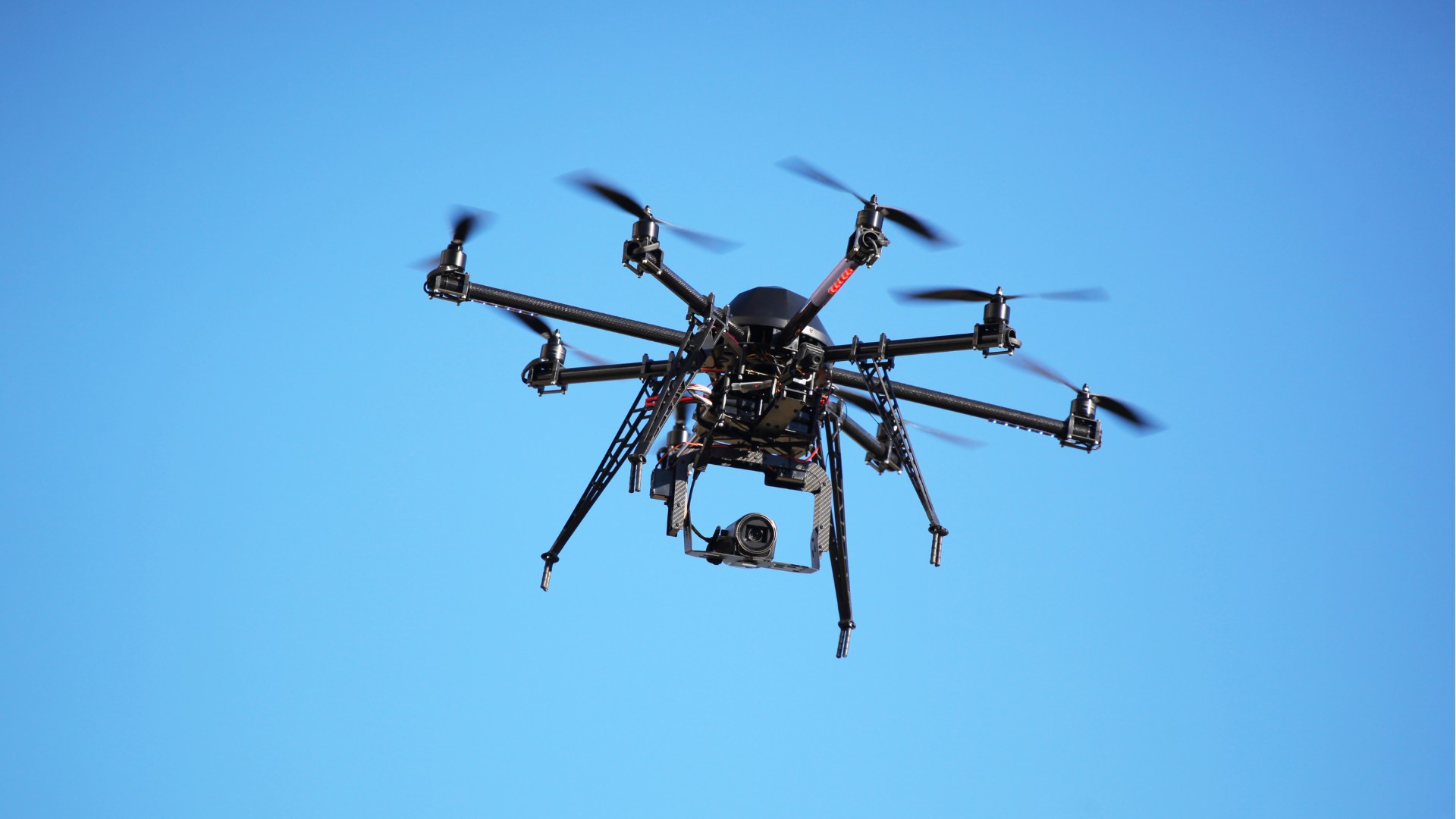28 November, 2023
Navigating challenges and charting a course for European Drone Manufacturing: A Policy Perspective


The European drone industry is at a critical point, full of potential, but facing many complex challenges. A recent discussion with the founder of a European UAS manufacturer, GEP Unmanned Technologies, revealed the intricacies and obstacles hindering growth within Europe, shedding light on the industry’s multifaceted difficulties.
For instance, obtaining operational licenses is fairly straightforward, but liability issues persist as an ongoing concern. While getting licensed is easy, manufacturers and users face a complex web of accountability and liability questions. Striking the right balance between operational freedom and responsibility continues to pose difficulties. For example, a regulatory hurdle to be overcome in the agricultural sector in the EU is the prohibition on the use of drones in spraying activities. This extends from water-based fertilisers to pesticides.
Moreover, tight supply chains, exacerbated by component shortages and increased import duties in Europe, constitute a major impediment. According to the founder, components sourced from the European market can be up to three times the cost of its Chinese counterpart, with just a fractional difference in quality. Manufacturers struggle with delays and sourcing problems, greatly increasing costs and hampering timely production. Expanding sourcing strategies emerges as one solution to mitigate these supply chain vulnerabilities. Exploring local partnerships or manufacturing could build resilience against the current sourcing instabilities. This would rely on the EU’s initiative to bring some of the costs down.
The pursuit of cost-competitiveness and self-reliance, independent of Chinese manufacturing, also looms large. Currently, Chinese manufactured drones are being used within areas considered as critical infrastructure, across the continent, due to their relative low price. Moving forward, achieving independence in critical infrastructure and beyond requires strategic efforts to manufacture components locally within Europe. Incentivising domestic production is a workable approach to ensuring parts are accessed in a cost-effective manner, cutting expenses and enabling faster supply. Additionally, more R&D incentives from the EU could stimulate technology innovation among European drone makers.
The struggle to balance quality and cost-competitiveness poses a serious challenge as well. European manufacturers, aiming to stay cost-competitive, may have compromised on quality. Rectifying this imbalance without raising prices remains a vital issue needing attention and new solutions.
Software innovation also emerges as a potential difference-maker, especially in specialised niche areas like surveys and engineering. Where European manufacturers cannot compete on price, they could leverage superior software capabilities to differentiate themselves and effectively compete in targeted market segments, thus providing unique value. Drone startups and other small companies are primed to compete in the niche drone market due to the ability to produce specialised machines at lower quantities, an advantage over Chinese manufacturers that depend on scale to lower costs.
Lastly, targeted policy measures like production subsidies, supportive trade regulations, and updated drone rules could catalyse sector growth. Such intervention may enhance innovation and competitiveness within the European drone manufacturing ecosystem. Partnerships between EU bodies and companies could enable streamlined policies that promote expansion while guaranteeing safety and compliance.
Looking ahead, the future trajectory of European drone production will rely on collaborative work between industry players and policymakers. Tackling insurance uncertainties, improving licensing processes, strengthening supply networks, and promoting affordable local manufacturing are pivotal strategic necessities. Additionally, inventive software functionalities and finely tuned EU policies constitute critical success factors. Only a commitment to progress on all these fronts will allow Europe to not just endure but lead the global drone landscape.

